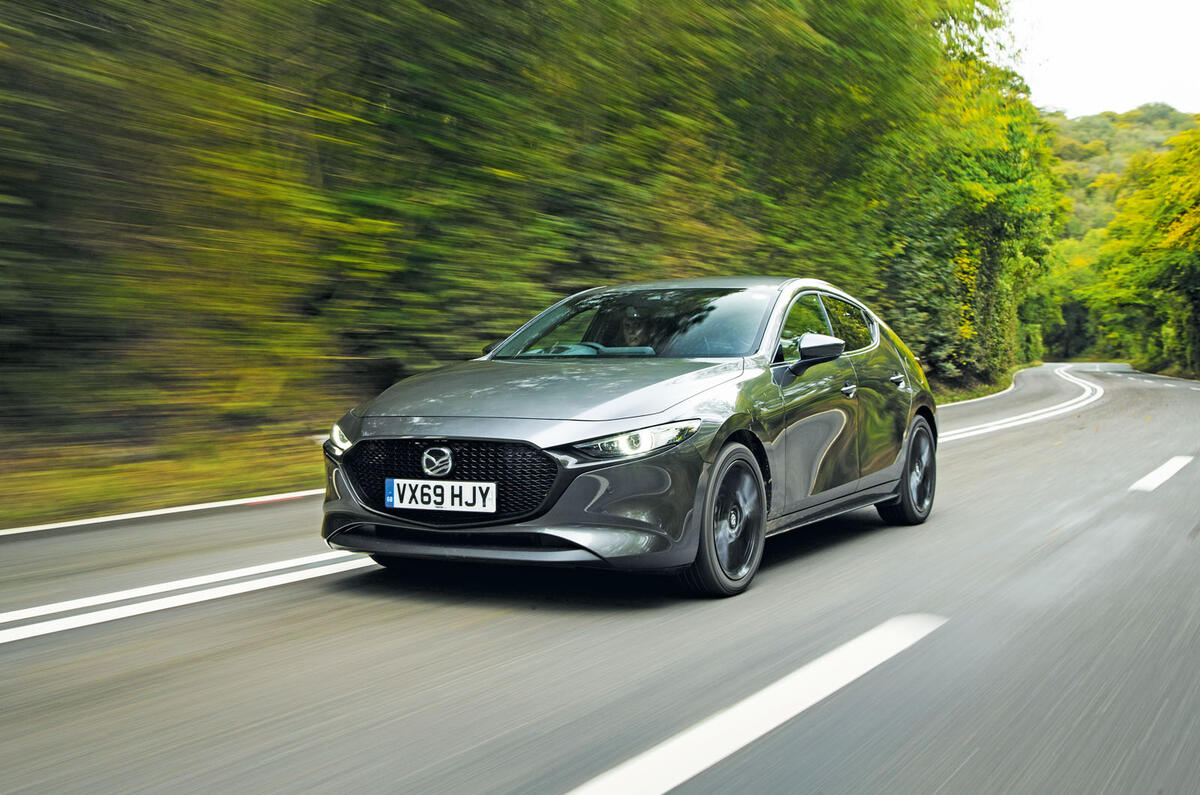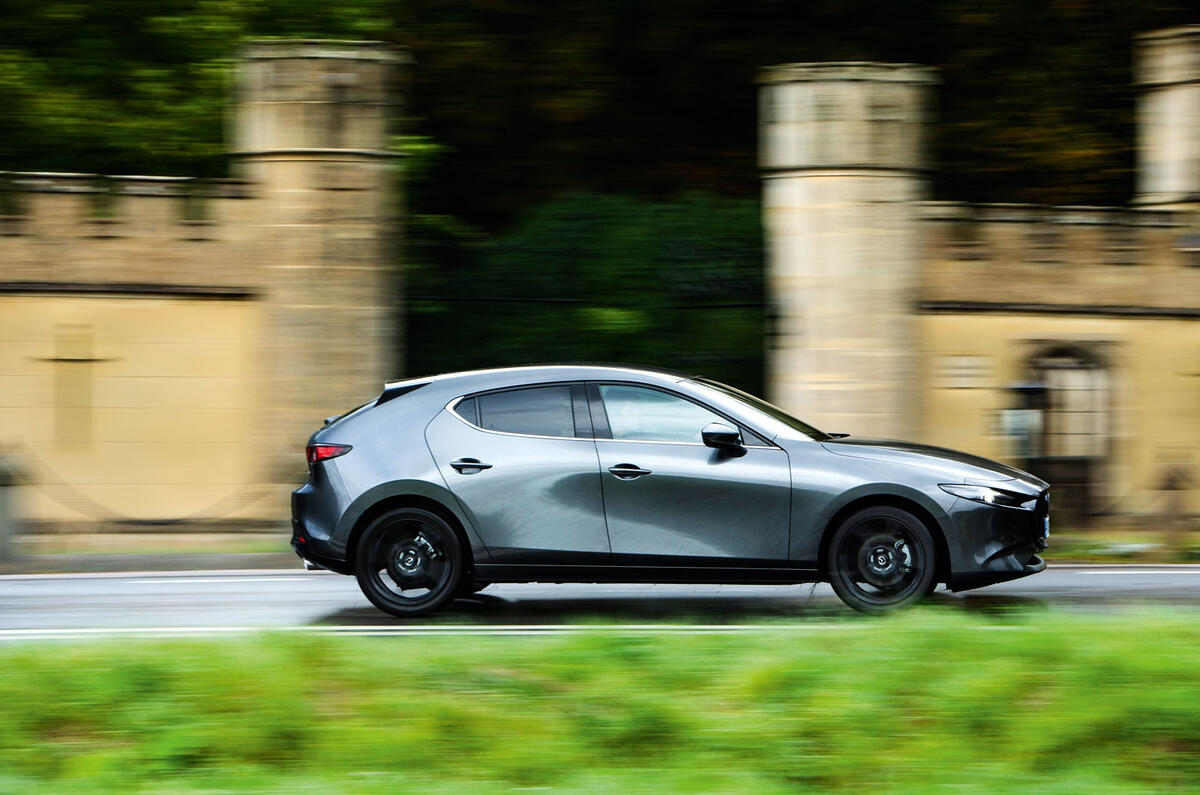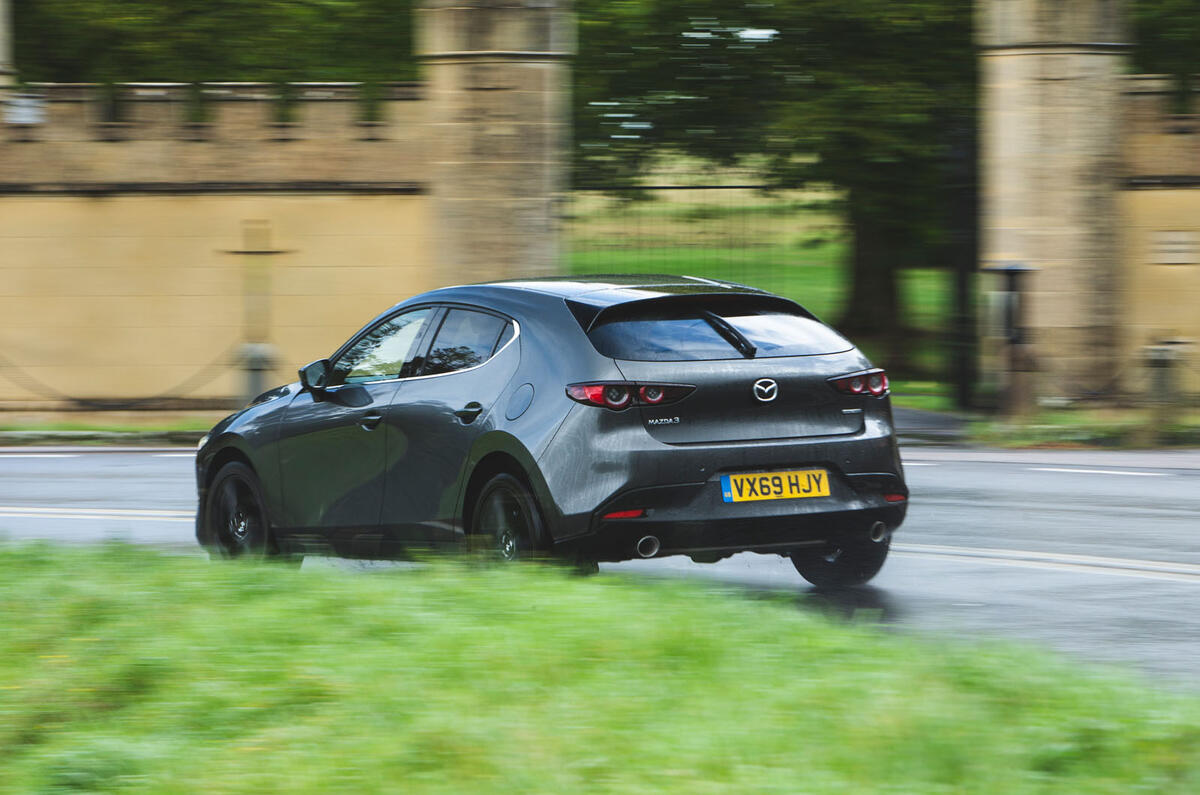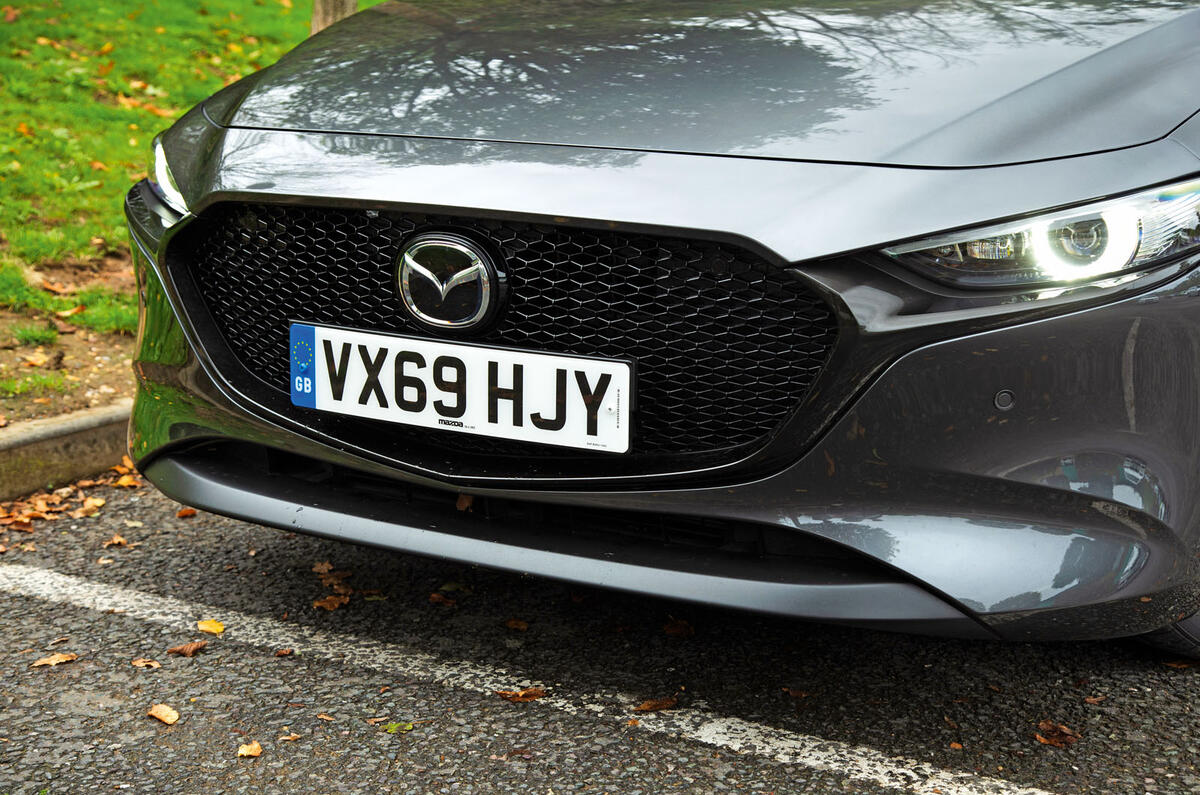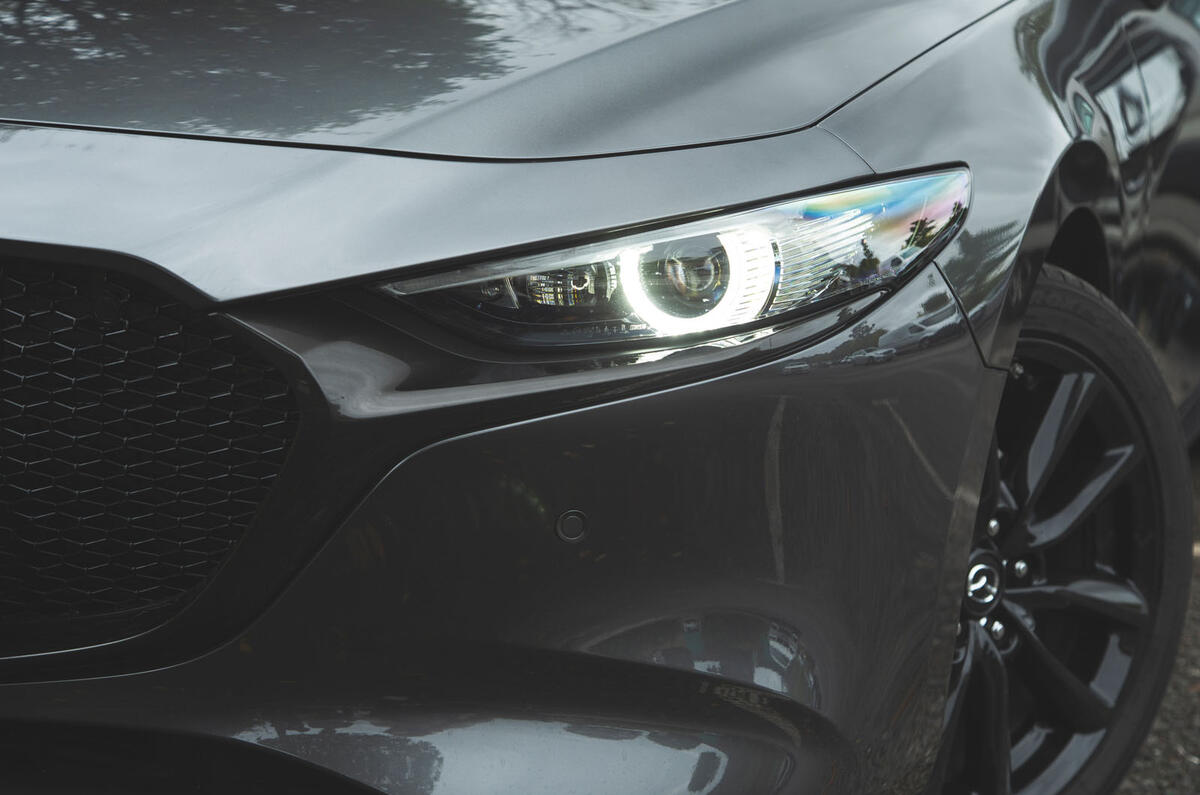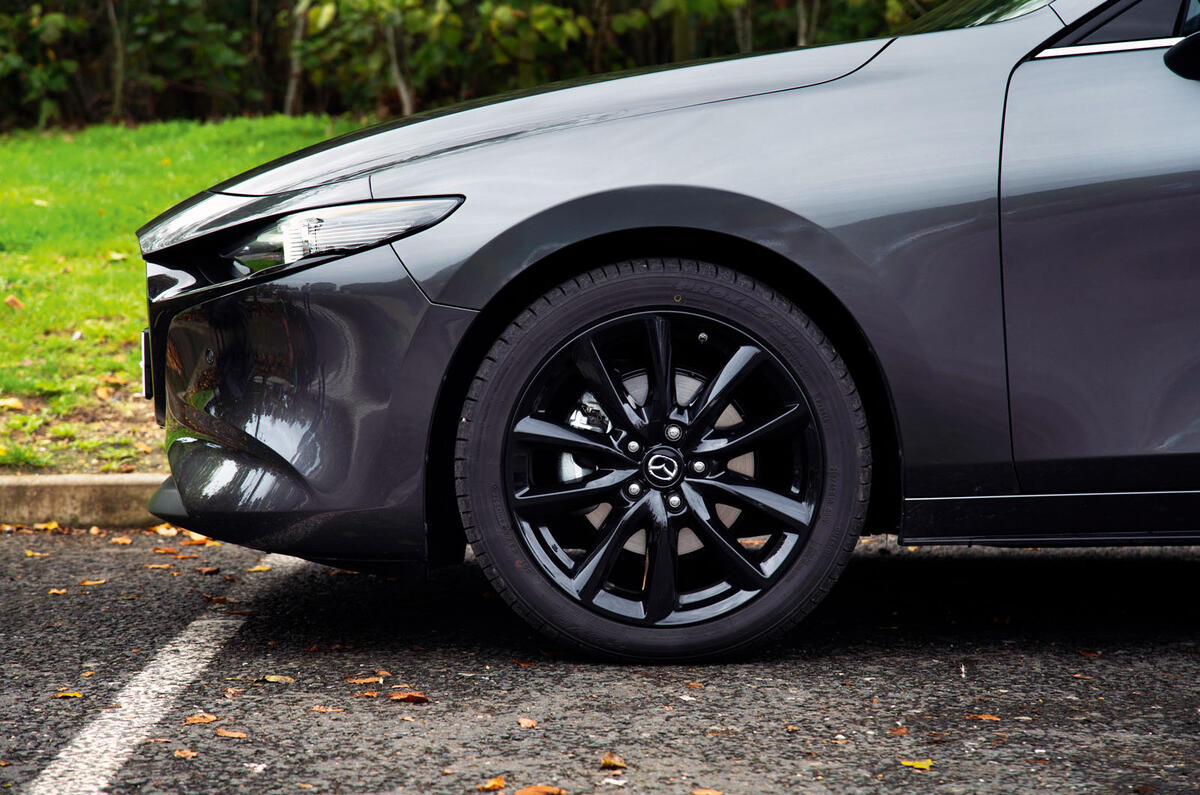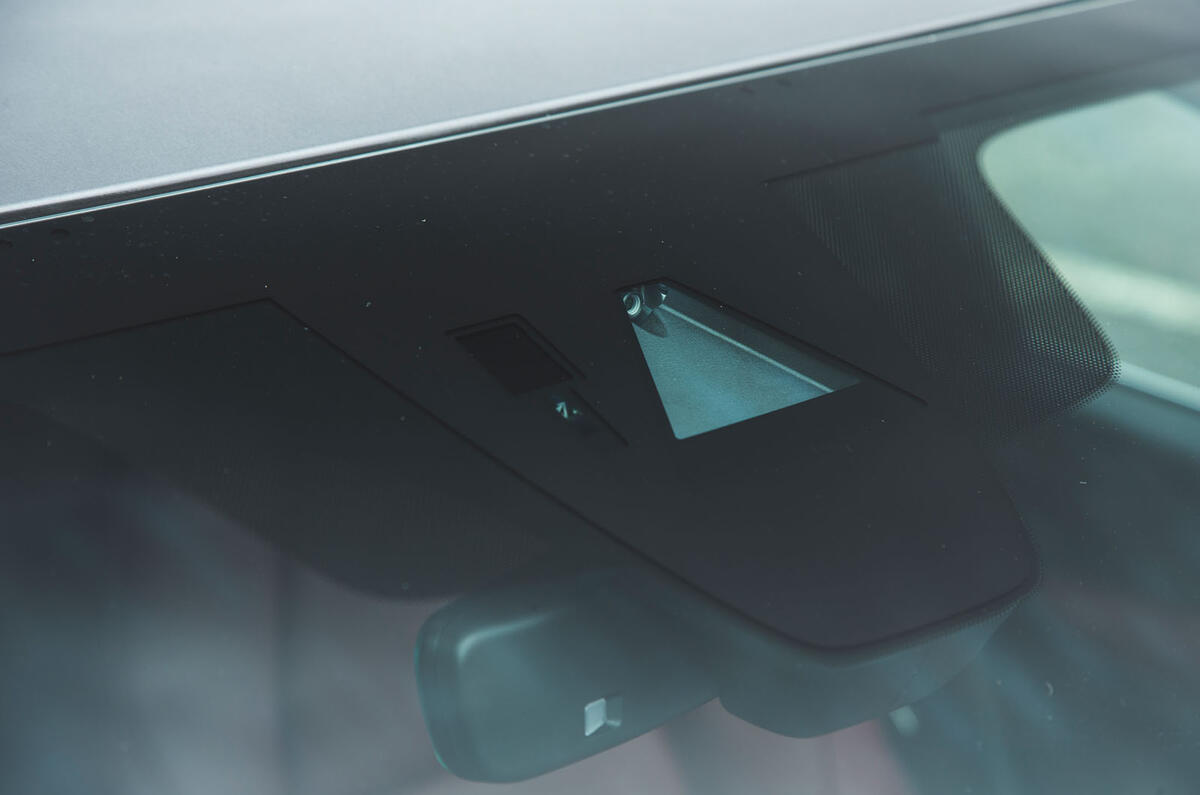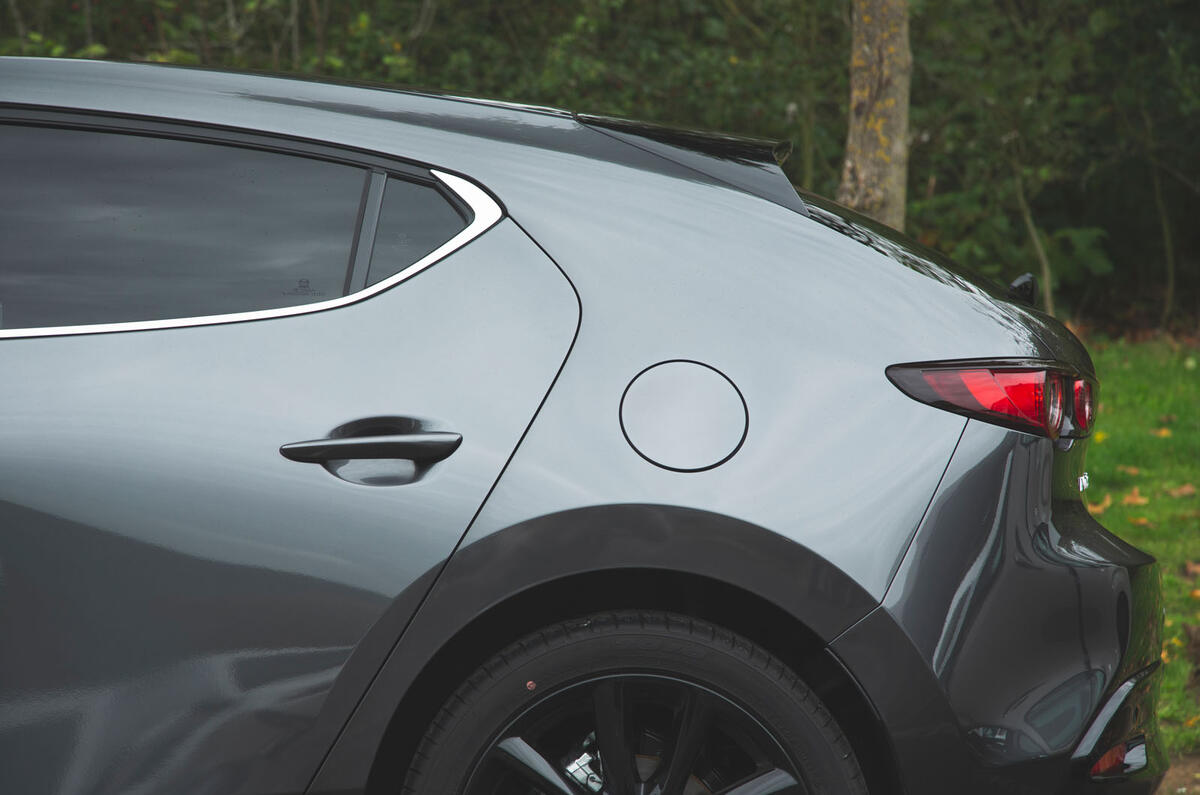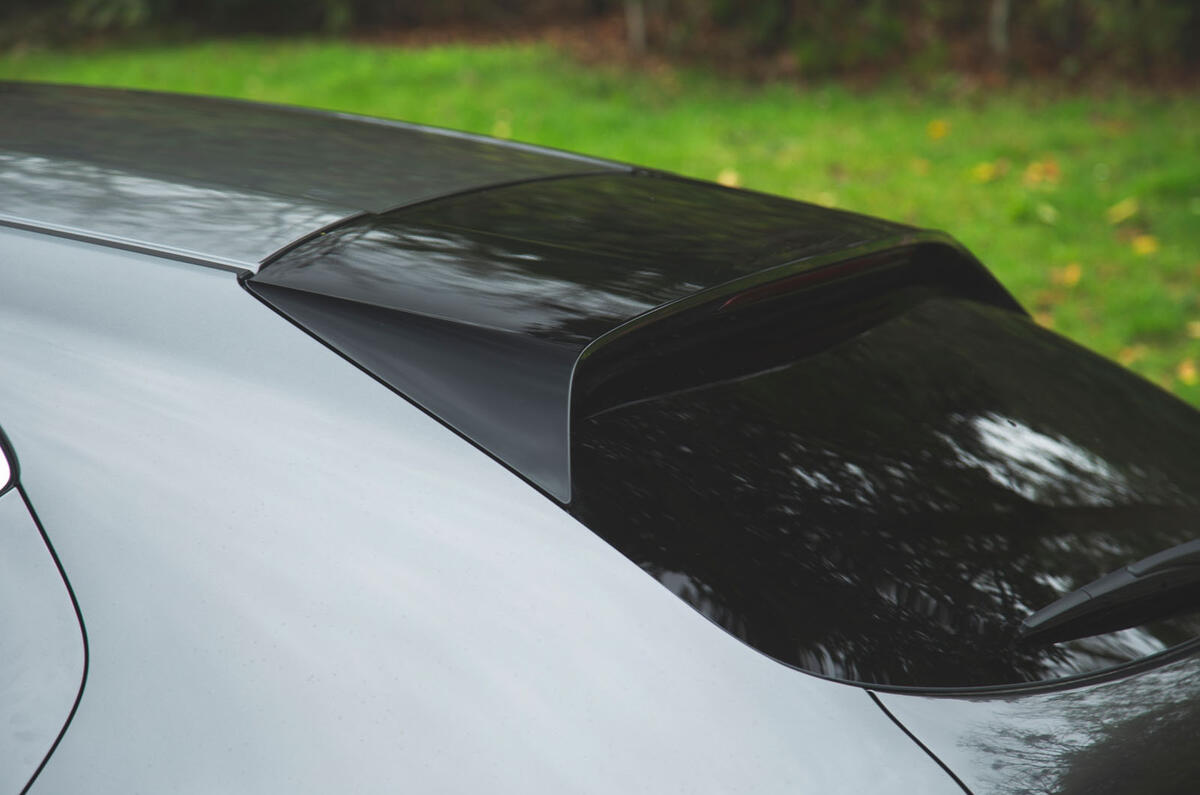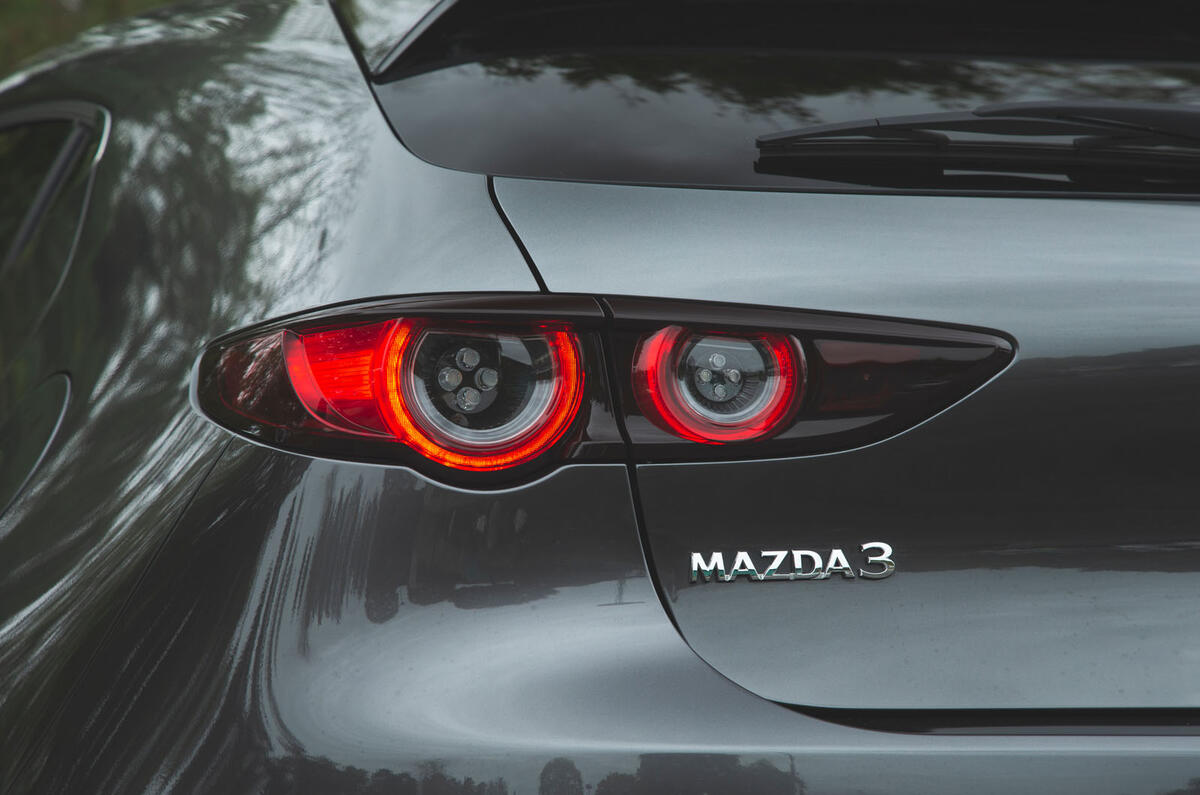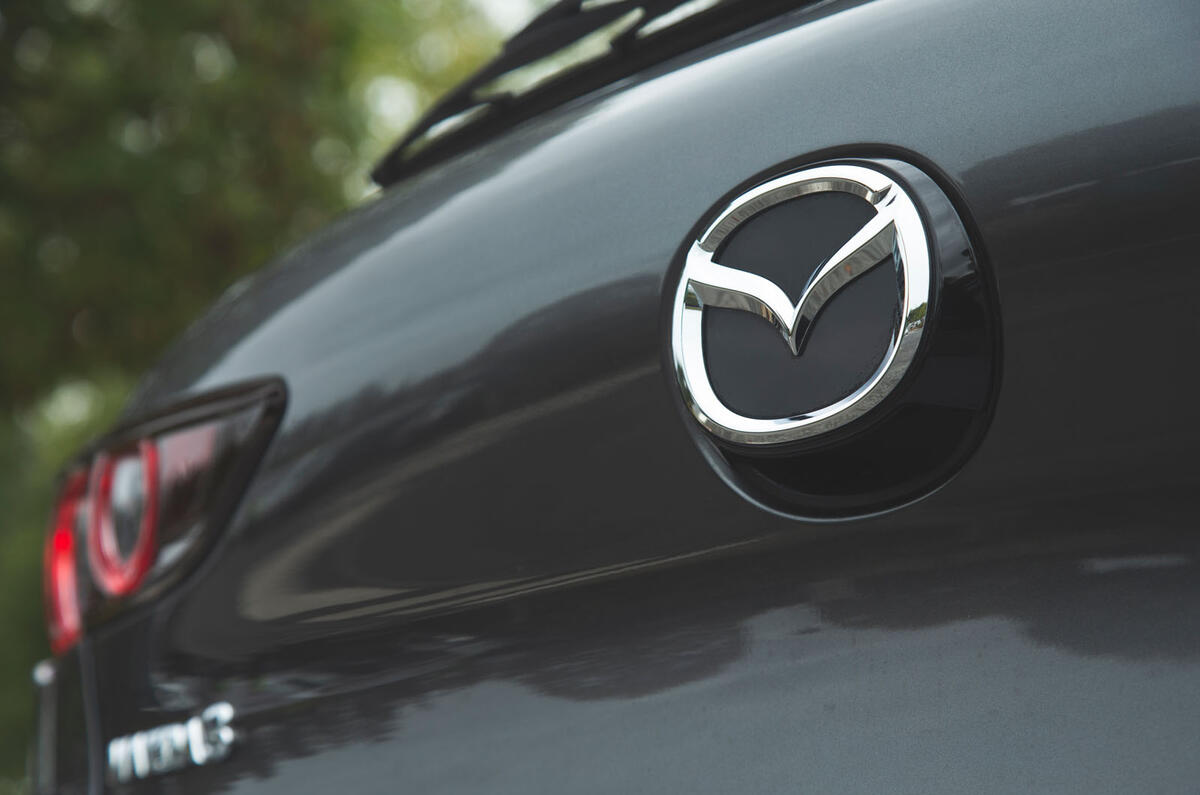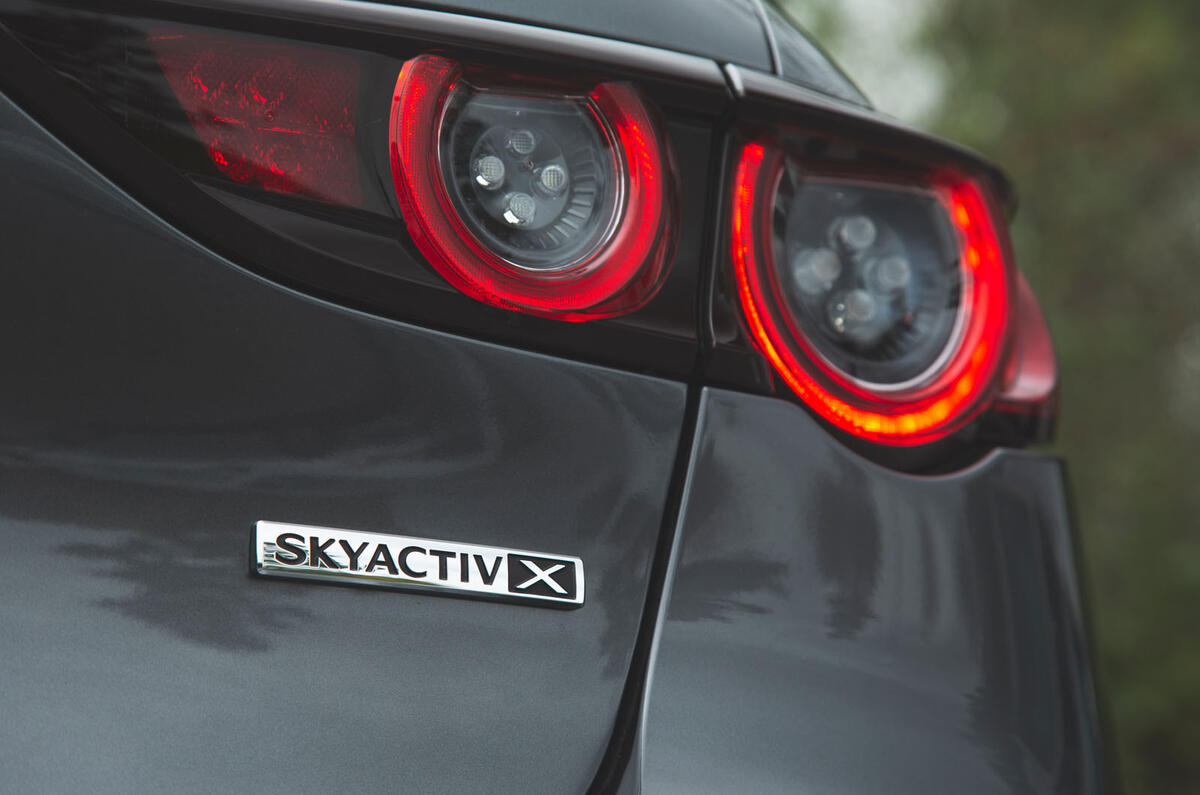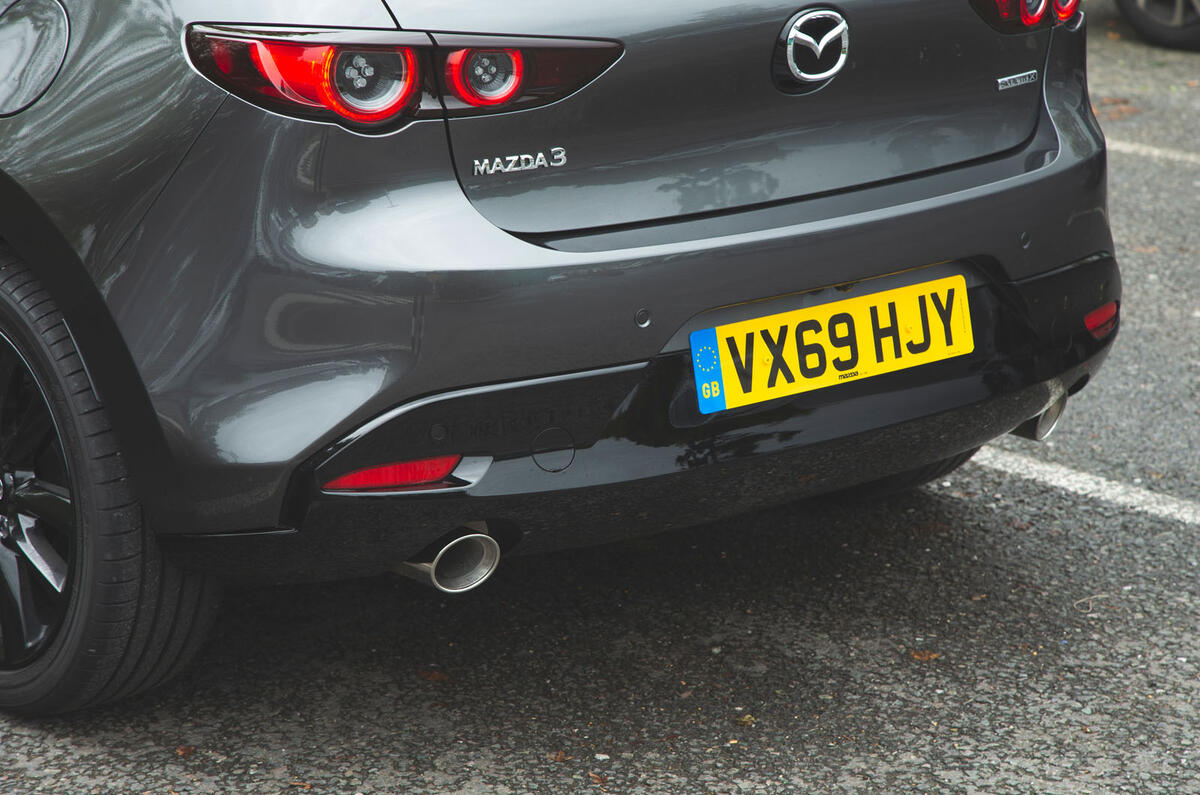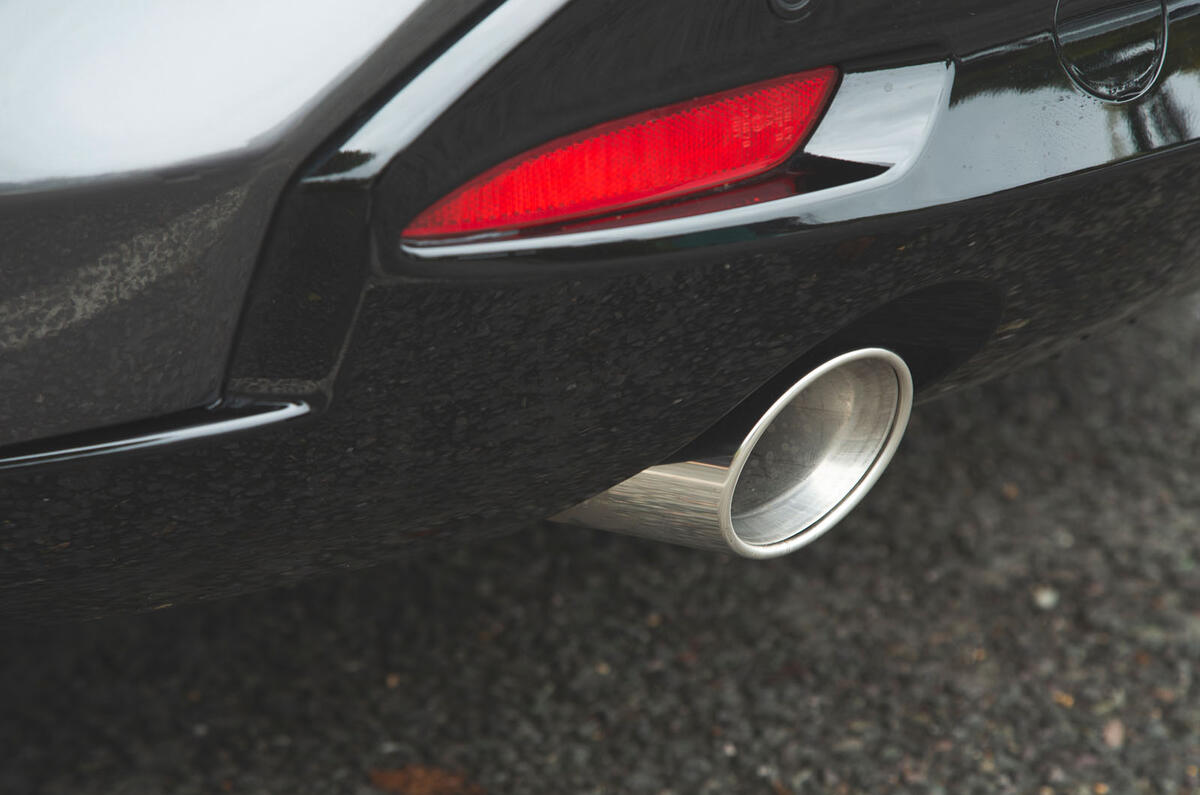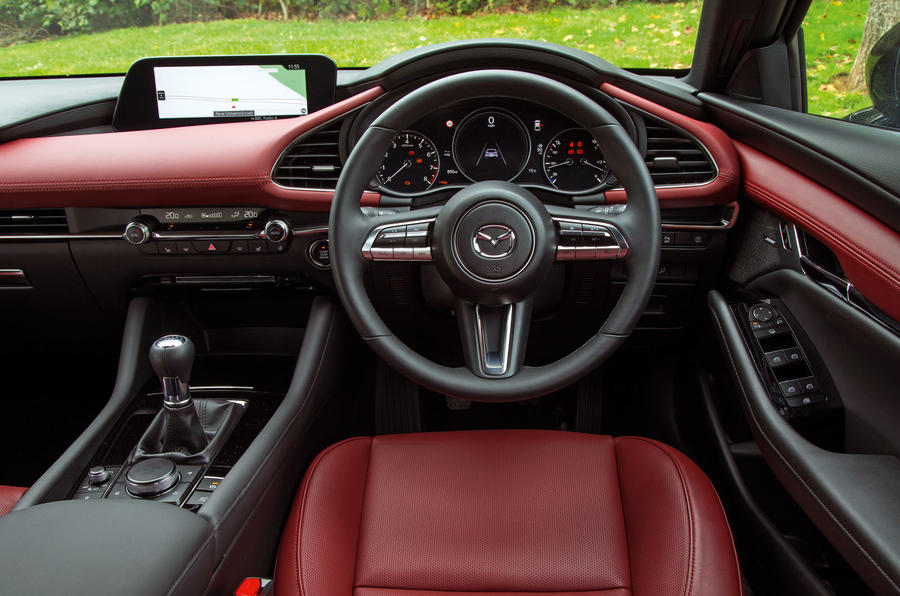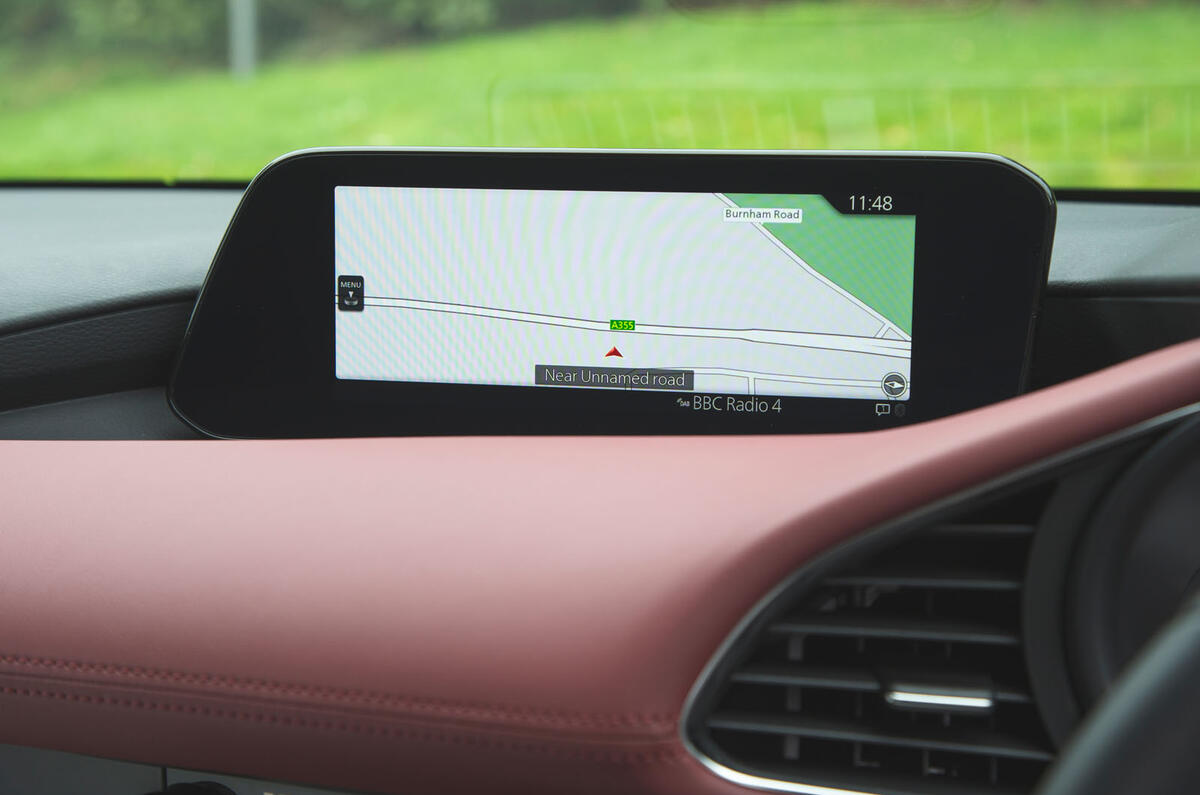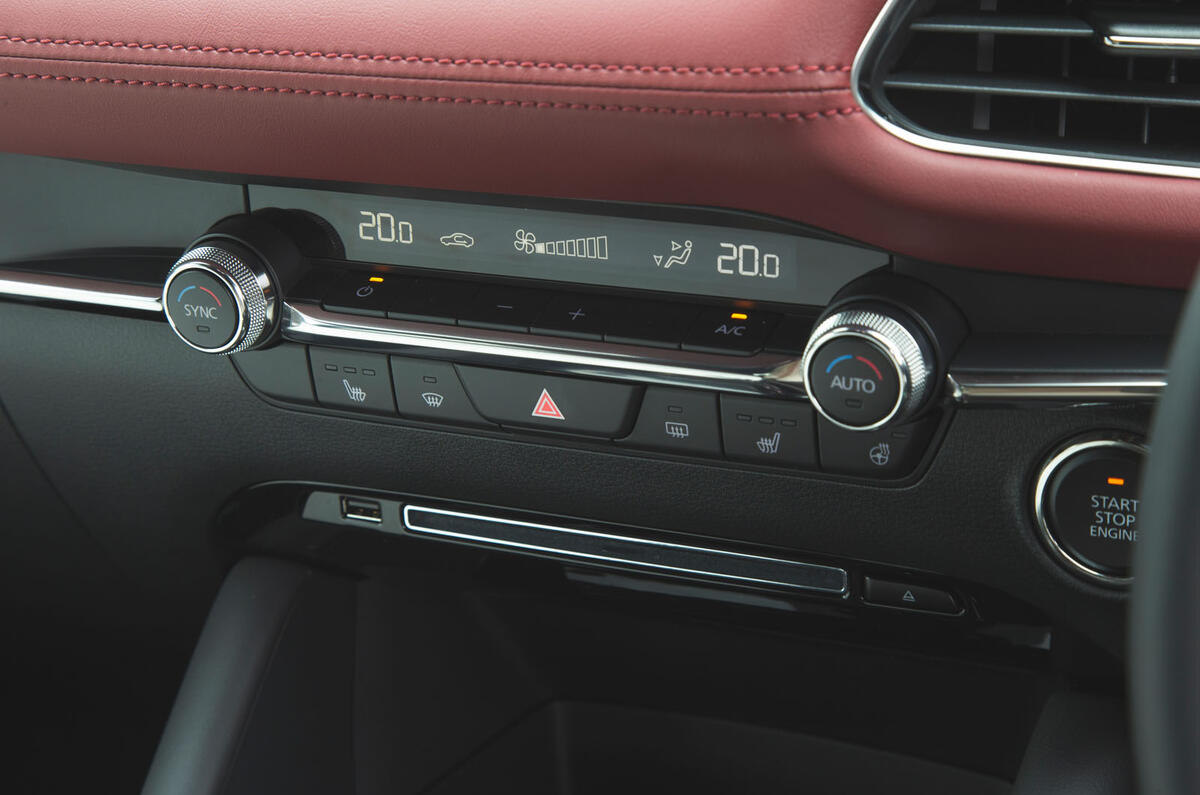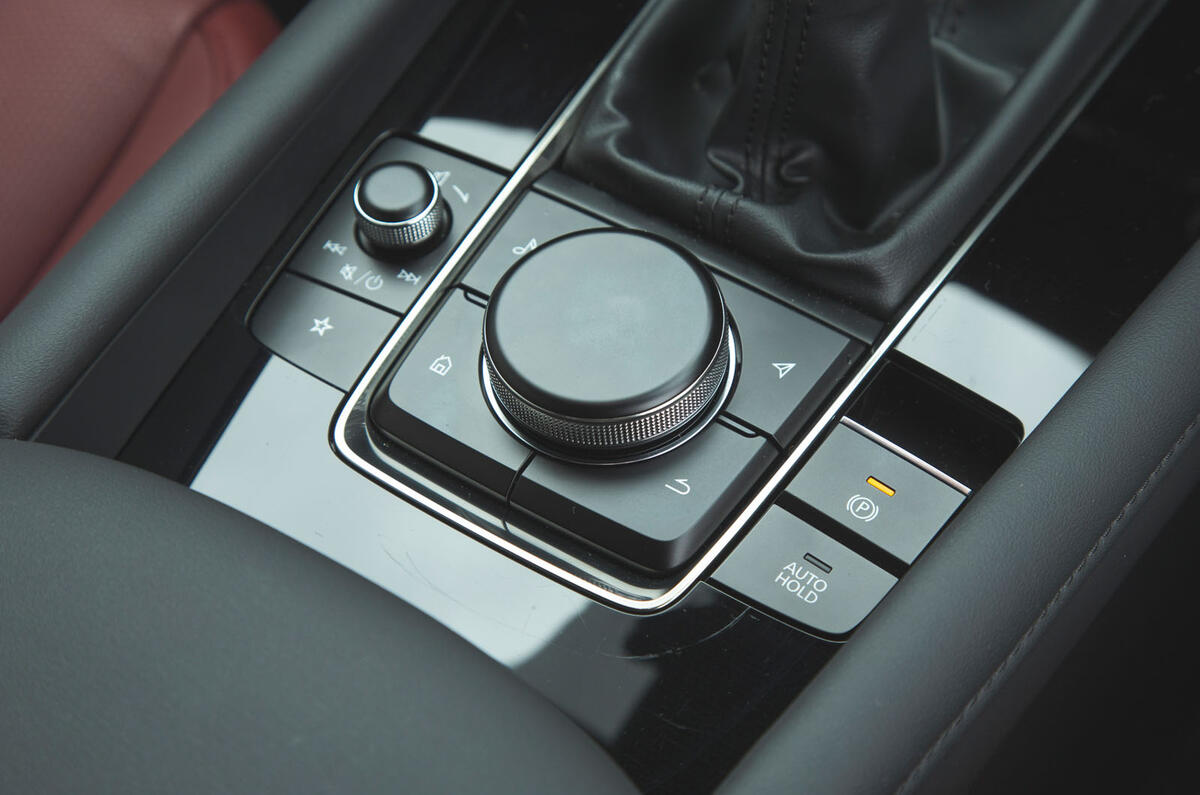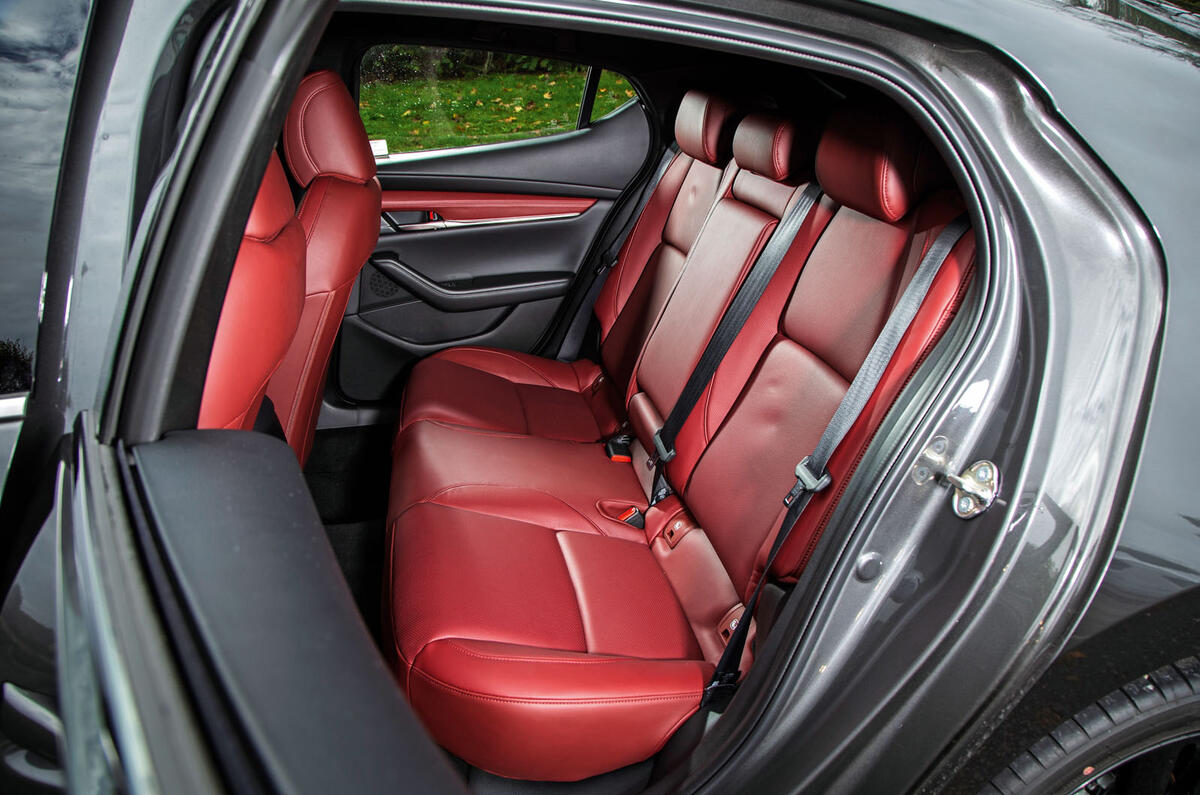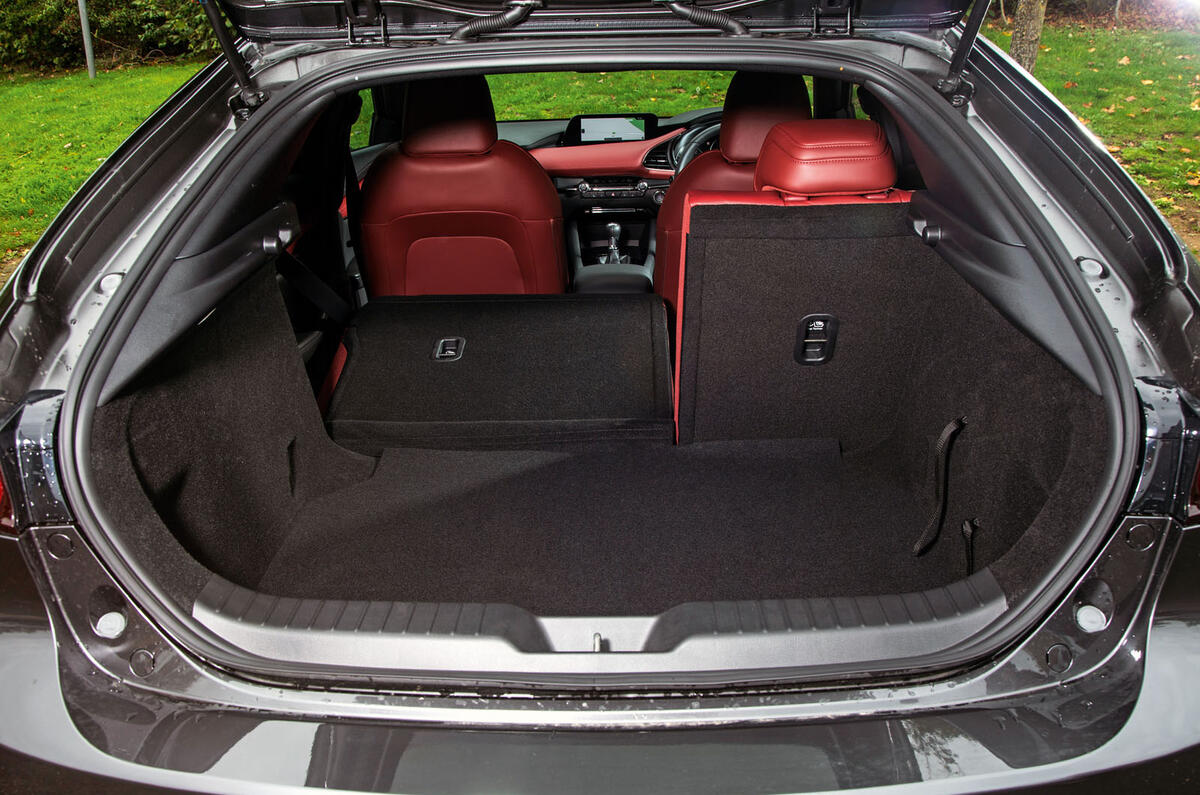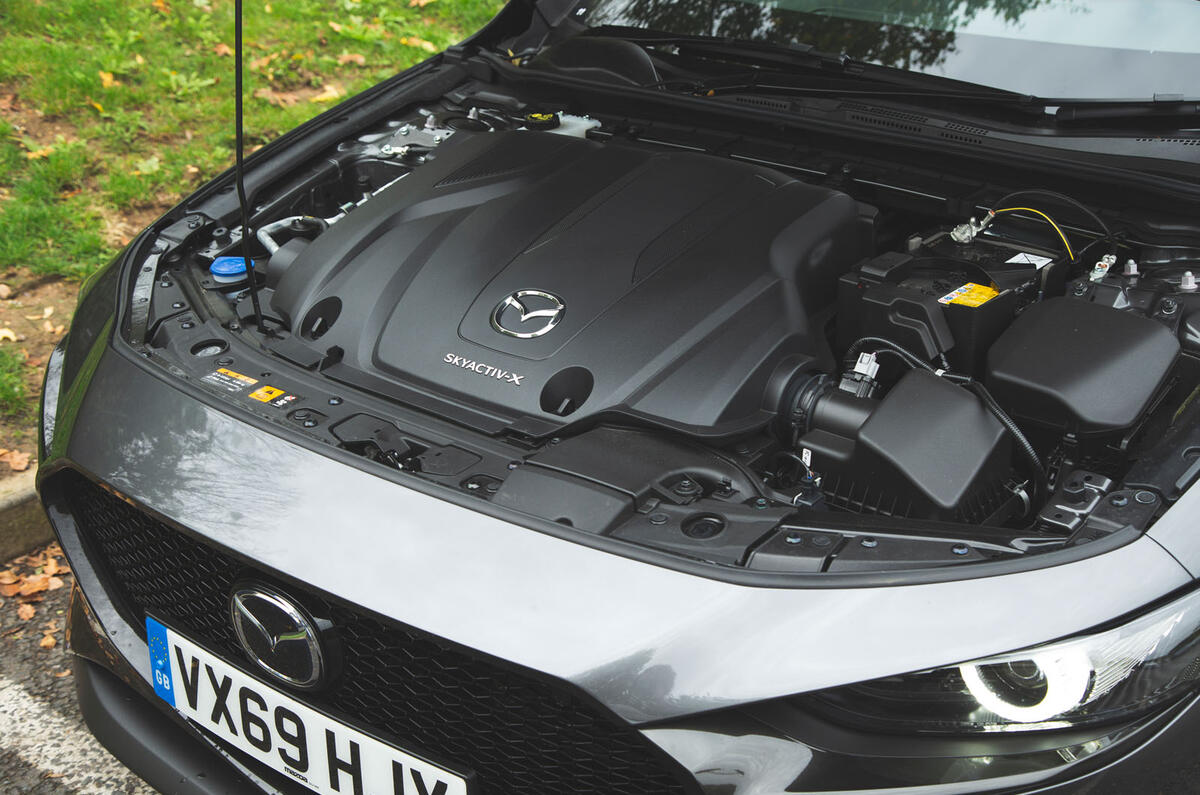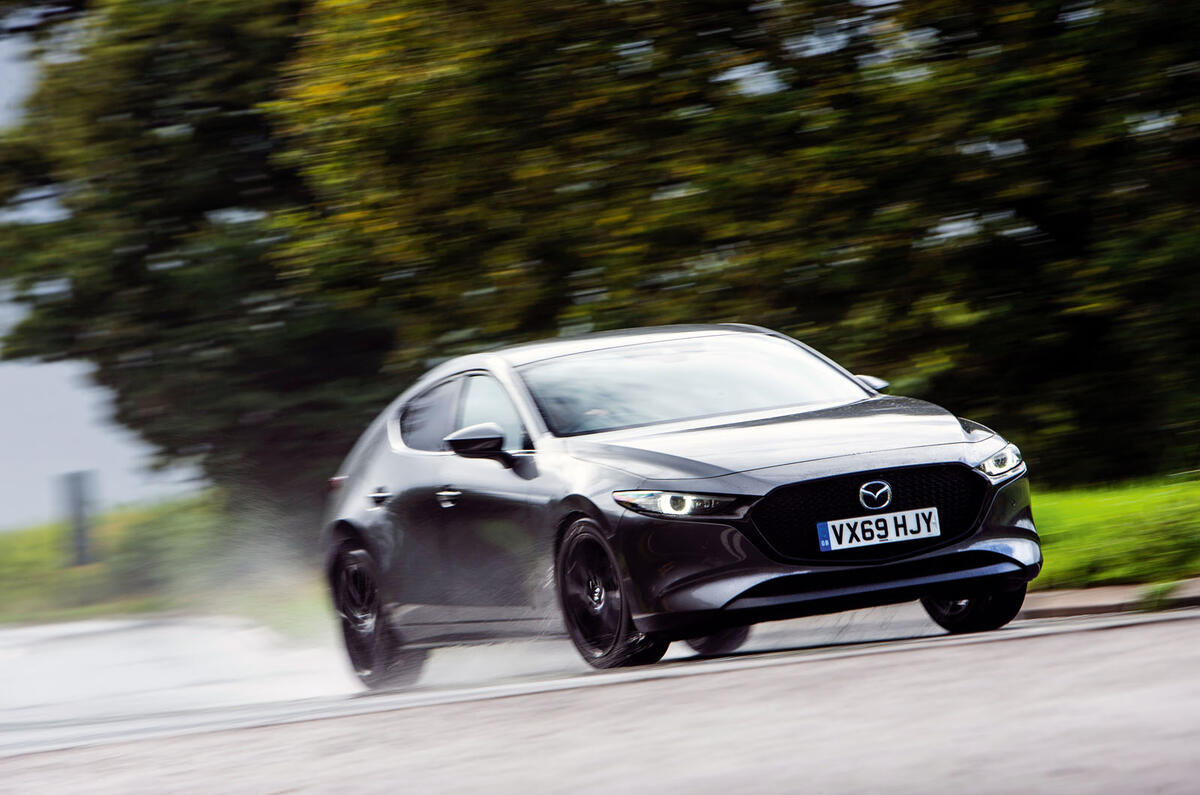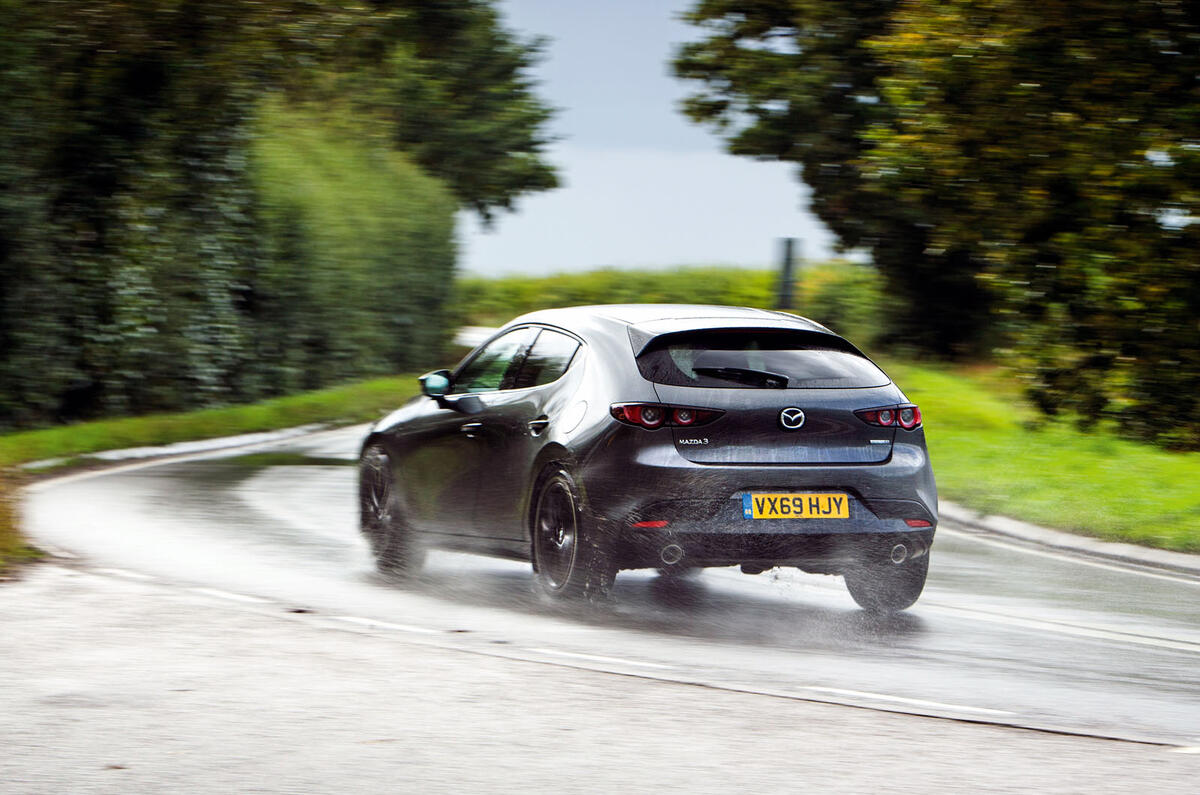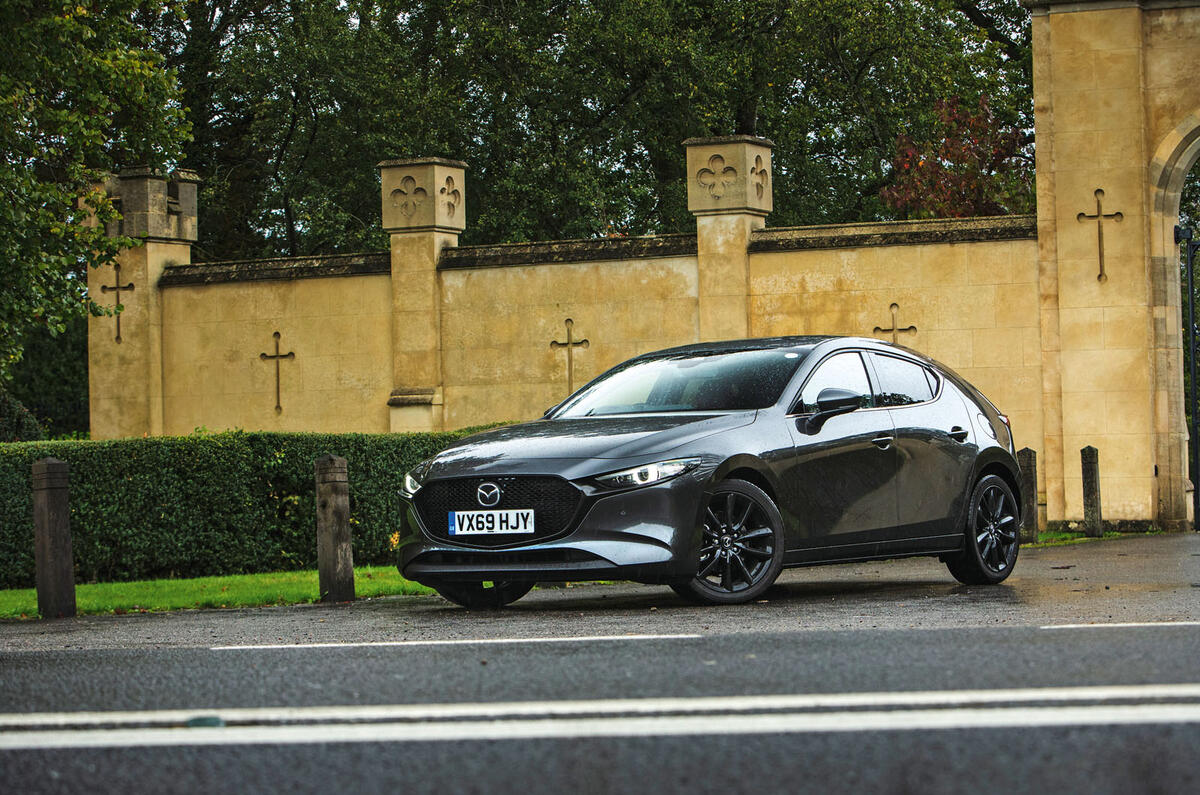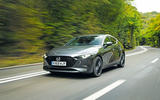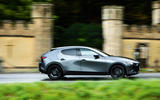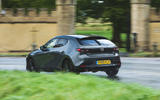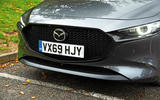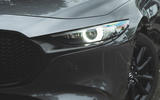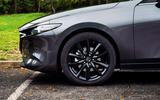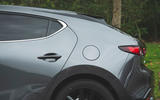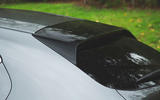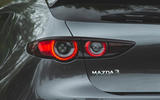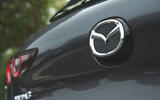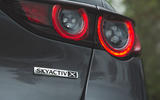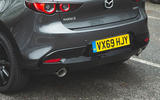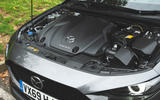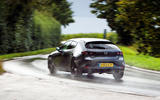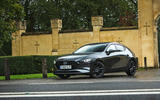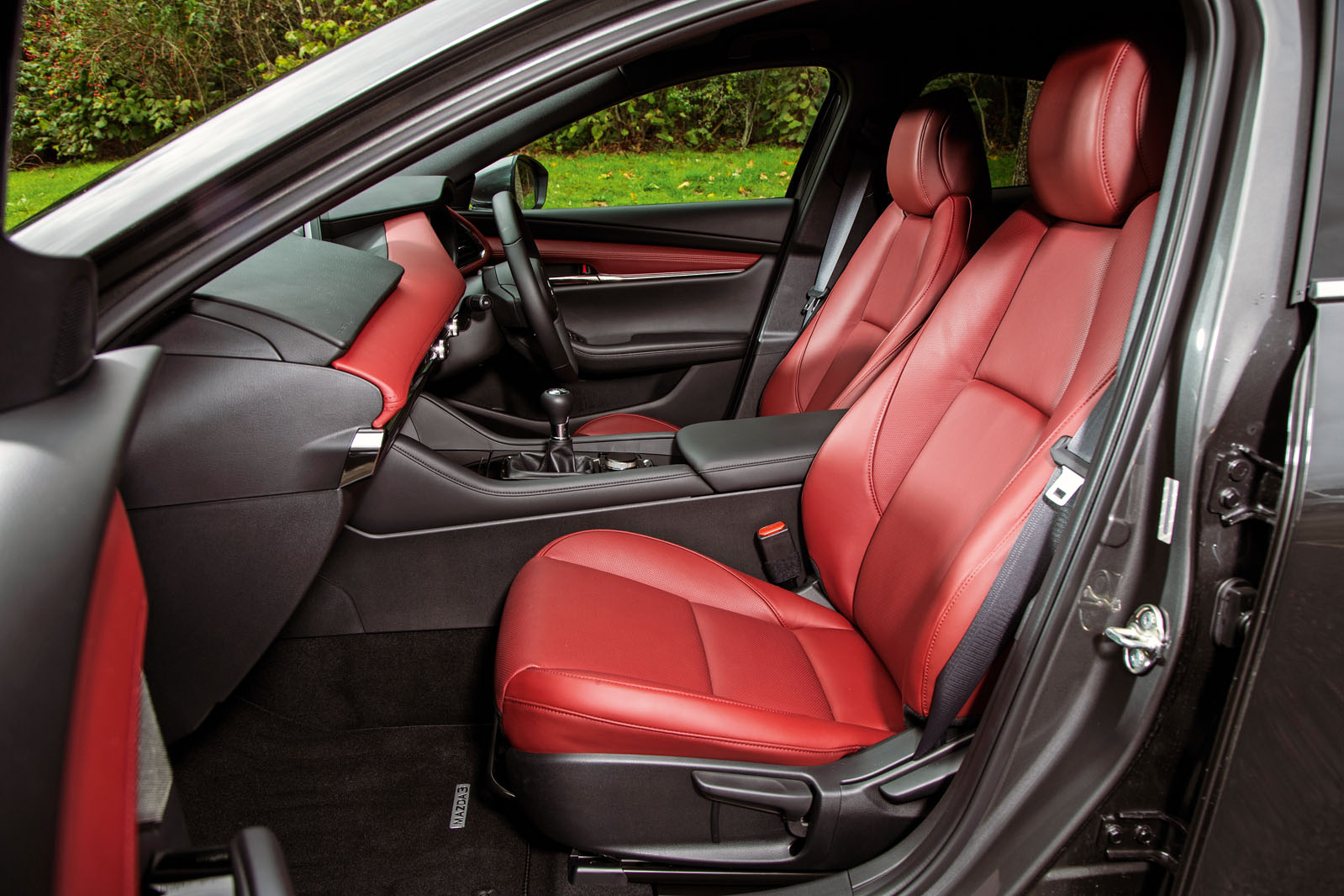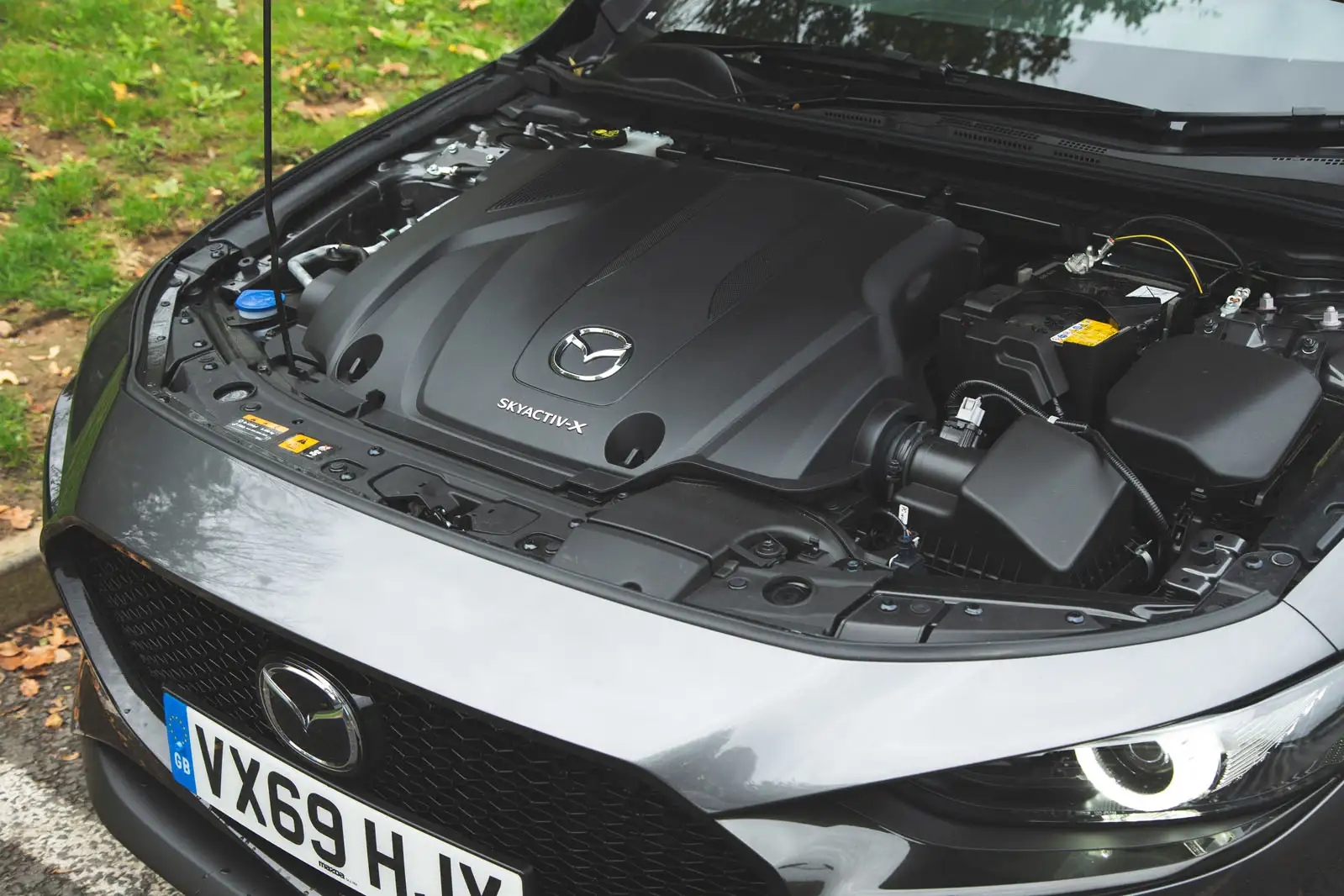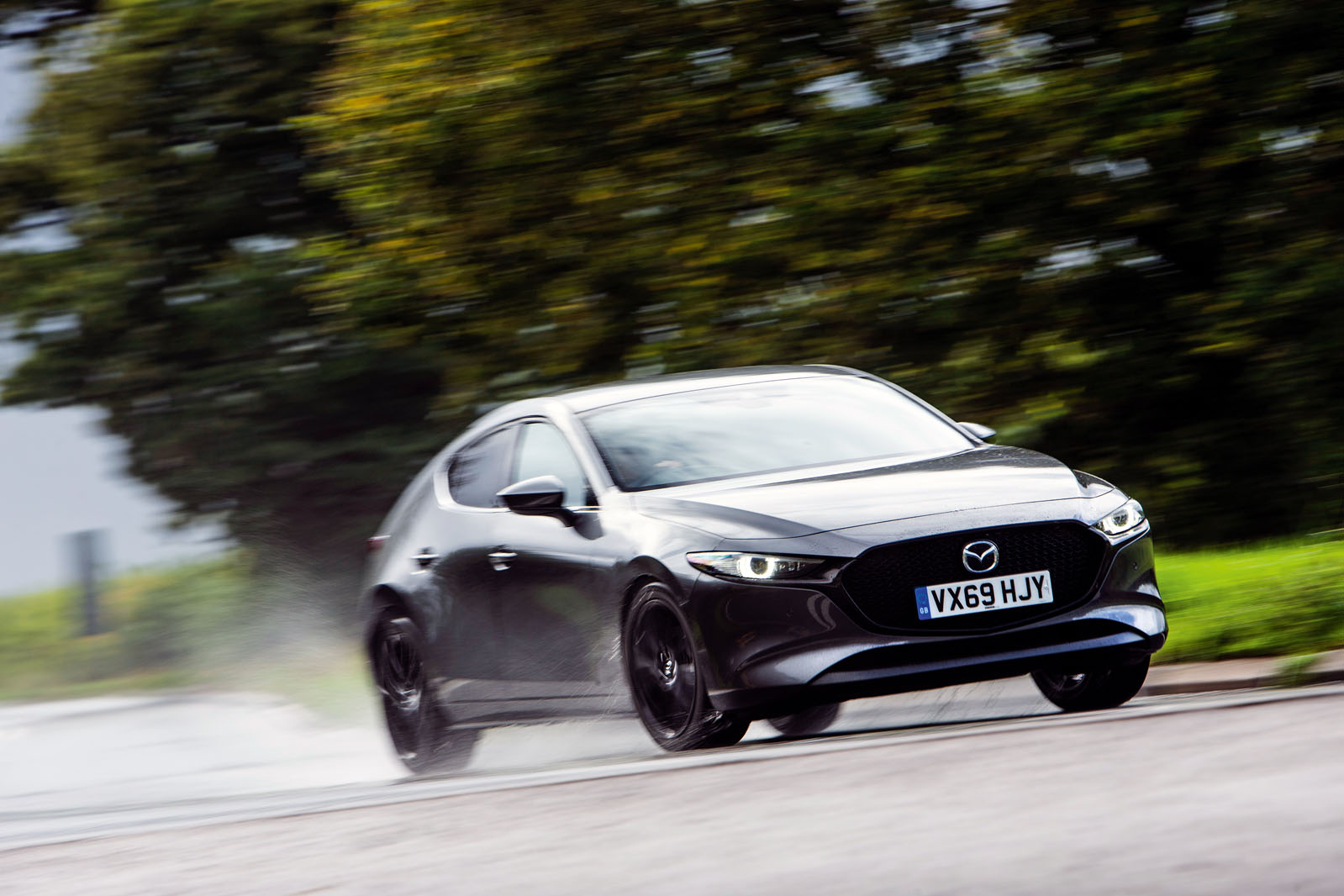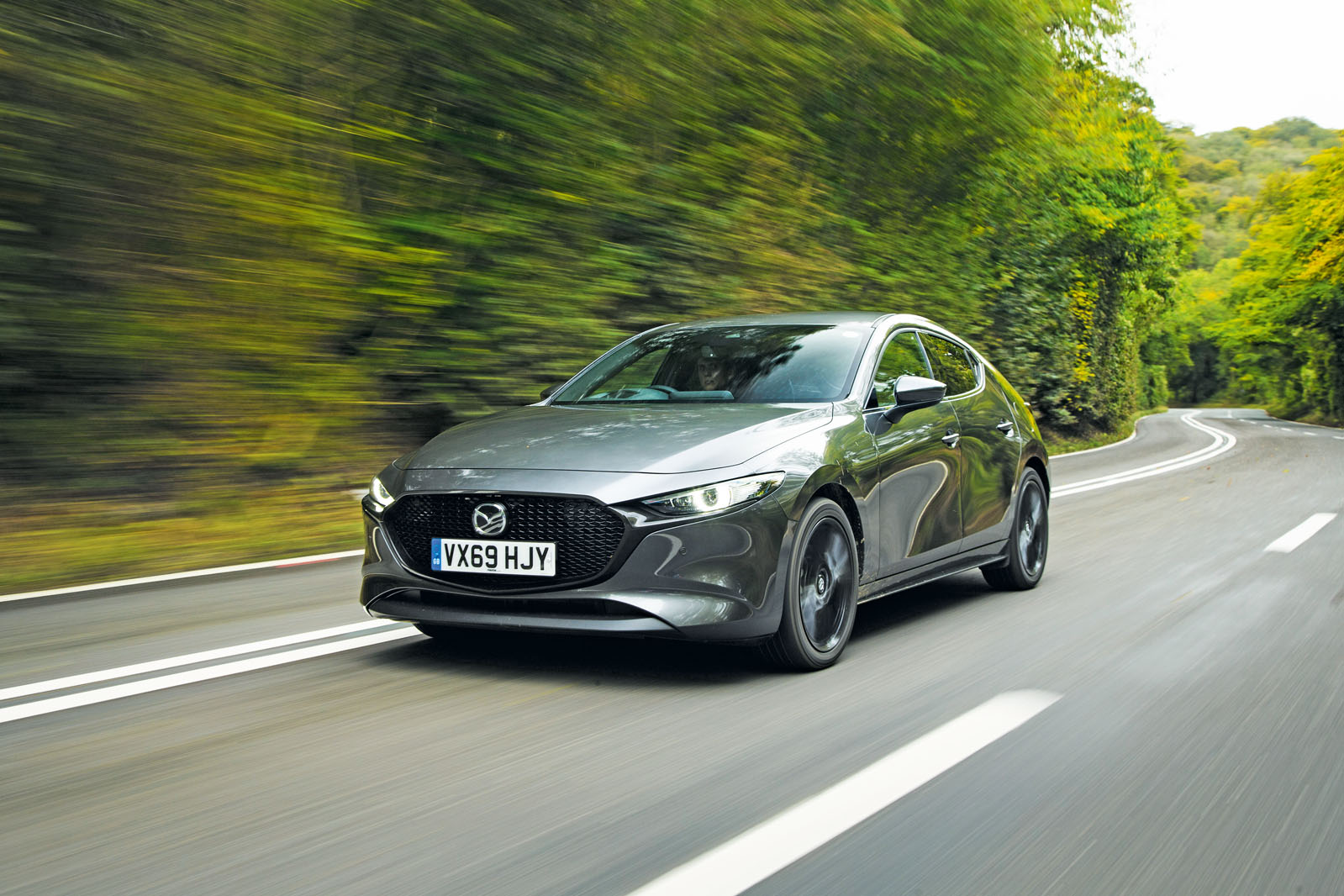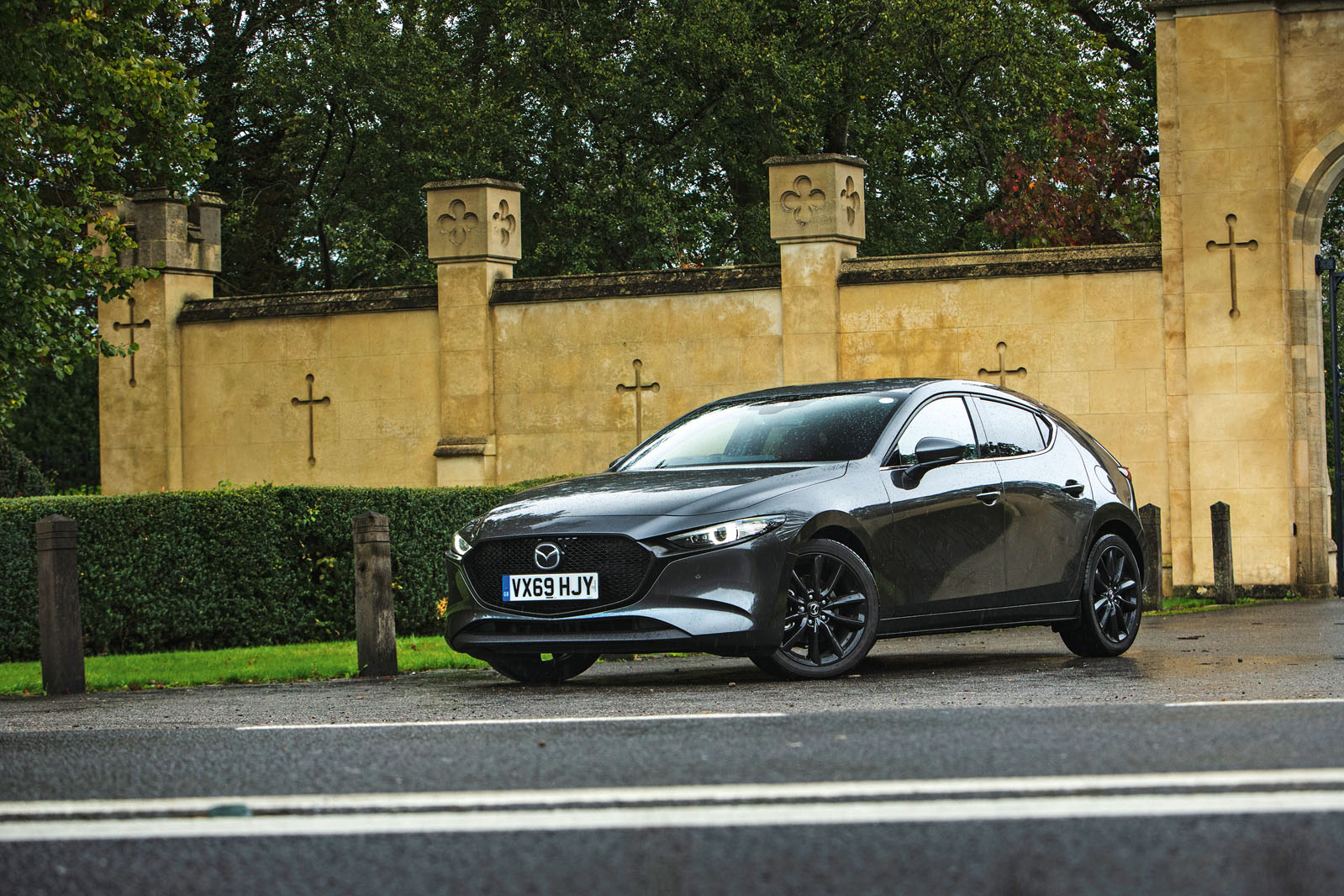Perhaps it’s as a result of a particularly genuine sense of corporate responsibility; perhaps it’s for more pragmatic reasons. But alongside the launch of the new Mazda 3, and quite oddly for a car company that’s on the cusp of launching its first all-electric production car, Mazda has called into question how much a mass movement to battery-powered motoring would reduce global CO2 levels in the short term.
This famously innovative Japanese car maker has never been afraid to go against the grain, and yet its thinking will rile those who believe that the quickest possible adoption of EVs should be enshrined in global car industry strategy and widely accelerated by taxes and incentives.
The company’s latest long-term product and powertrain credo, catchily entitled ‘Sustainable ZoomZoom 2030’, aims to half the ‘well-to-wheel’ CO2 emissions of its annual production output of cars by 2030 and reduce them by as much as 90% by 2050. But since its own research puts the well-to-wheel emissions of any electric car introduced today at 128g/km (based on the current global mix of power generation from renewable, but still mostly nonrenewable, sources), it has decided that it can achieve more for the planet in the short term by simply making more efficient internal combustion engines than by chucking them all in the bin and taking a massive leap with both feet into electric power.


